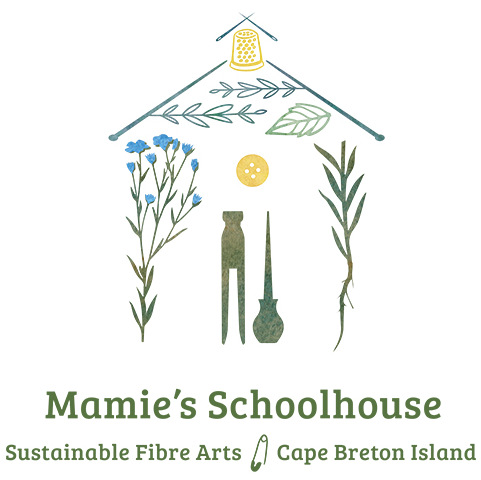Kerry Sowells
NORTHAMPTONSHIRE, ENGLAND
Stockholm 118: To produce a gold colour by cold dyeing.
Take safflower blossom and oxeye crush them together and lay them in water. Put the wool in and sprinkle with water. Lift the wool out, expose it to the air and use.
INTRODUCTION:
At first glance this looked a simple recipe. However, whilst re- searching on the internet where I could purchase oxeye daisies to grow in my garden I discovered that dyers chamomile is also known as oxeye. During my research I found it was likely that both of these plant varieties would grow in the region. I therefore decided to conduct the recipe using both oxeye daisy and dyers chamomile. I was able to grow, harvest and dry the oxeye daisies and dyers chamomile but sadly my safflower plants were eaten by our British slugs and snails therefore I had to purchase dried safflower petals.
After my initial results from my first experiment I decided that I wanted to see if I could get a brighter yellow/gold. It would not be too much of an assumption to think that our dyeing ancestors would have left the fibre in the dye baths in the sunshine for a longer period than the initial 24 hours that I did. I repeated the recipe but this time left the two baths in a south facing position for 10 days. The weather has been warm with some sunshine but nowhere nearly as warm as it would have been in Egypt at the time the Papyri would have been written but warm none the less. After 7 days I added more fibre to the baths and have left them in to see how much more colour can be obtained.








